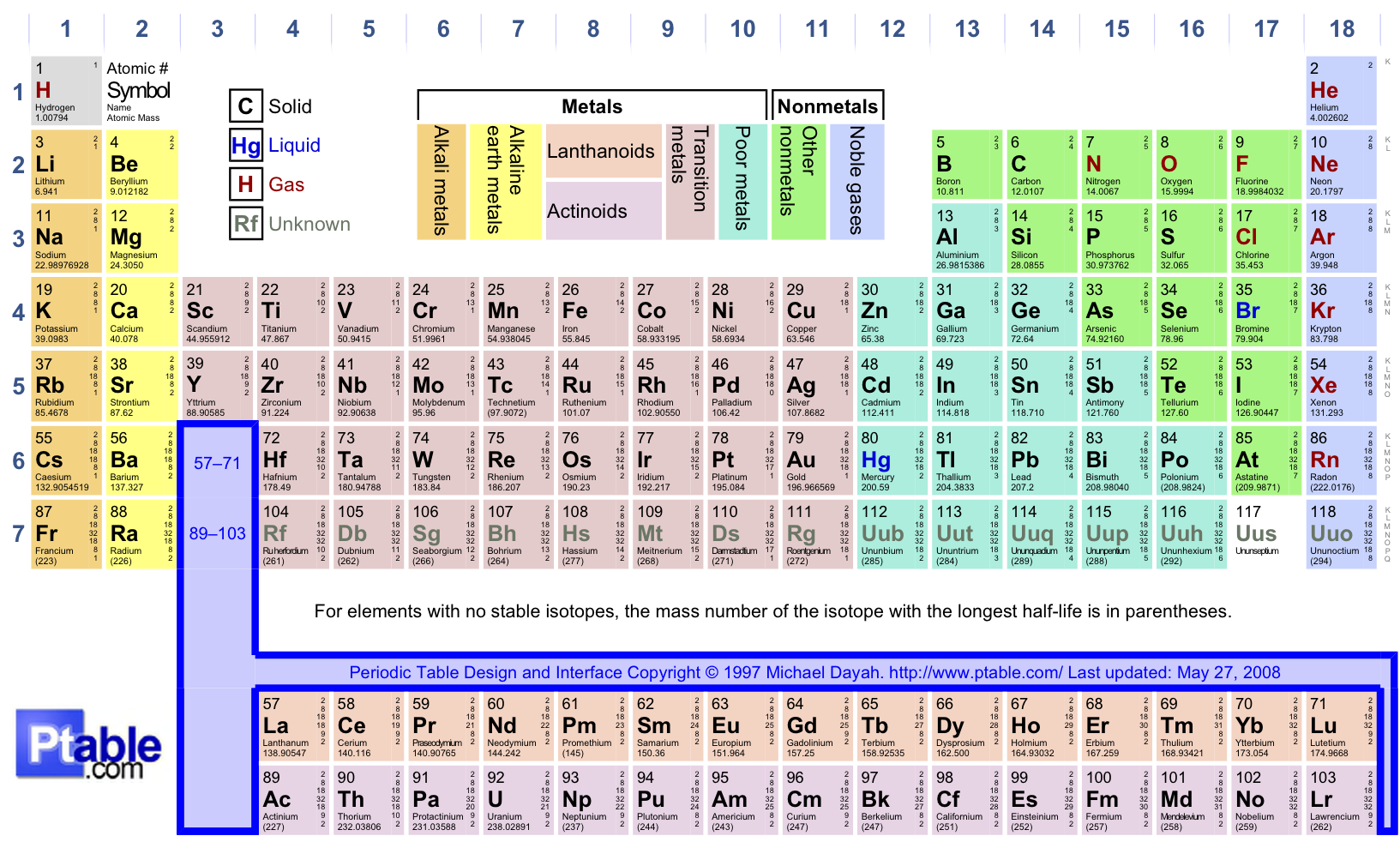


It is now defined as the distance light in a vacuum travels in 1/299,792,458 of a second. A meter was originally specified as 1/10,000,000 of the distance from the North Pole to the equator. The standard unit of length in both the SI and original metric systems is the meter (m). This section introduces four of the SI base units commonly used in chemistry. The original standards for the meter and the kilogram were adopted there in 1799 and eventually by other countries. The initial units of the metric system, which eventually evolved into the SI system, were established in France during the French Revolution. The prefixes used and the powers to which 10 are raised are listed in Table 1.4.2. For example, a length of 1000 meters is also called a kilometer because the prefix kilo means “one thousand,” which in scientific notation is 10 3 (1 kilometer = 1000 m = 10 3 m). Fractional or multiple SI units are named using a prefix and the name of the base unit. This same approach is used with SI units, but these fractions or multiples are always powers of 10. Milk is commonly packaged in containers of 1 gallon (4 quarts), 1 quart (0.25 gallon), and one pint (0.5 quart). Table 1.4.1 Base Units of the SI SystemĮveryday measurement units are often defined as fractions or multiples of other units. Units for other properties may be derived from these seven base units. SI units have been used by the United States National Institute of Standards and Technology (NIST) since 1964. The standards for these units are fixed by international agreement, and they are called the International System of Units or SI Units (from the French, Le Système International d’Unités). The measurement units for seven fundamental properties (“base units”) are listed in ( Table 1.4.1).
#CHAPTER 6 PERIODIC TABLE CHEMISTRY TES PROFESSIONAL#
Not only will this be confusing to the medical professional giving the dose, but the consequences can be dire: 100 mg given three times per day can be effective as an anticonvulsant, but a single dose of 100 g is more than 10 times the lethal amount. Suppose a doctor prescribes phenobarbital to control a patient’s seizures and states a dosage of “100” without specifying units. Without units, a number can be meaningless, confusing, or possibly life threatening. The meat used to prepare a 0.25-pound hamburger is measured so it weighs one-fourth as much as 1 pound. When we buy a 2-liter bottle of a soft drink, we expect that the volume of the drink was measured, so it is two times larger than the volume that everyone agrees to be 1 liter. Units, such as liters, pounds, and centimeters, are standards of comparison for measurements. The mass of the average mosquito is about 0.0000025 kilograms, which can be written as 2.5 × 10 - 6 kg. (Scientific notation is also known as exponential notation a review of this topic can be found in Essential Mathematics.) For example, the maximum takeoff weight of a Boeing 777-200ER airliner is 298,000 kilograms, which can also be written as 2.98 × 10 5 kg. The number in the measurement can be represented in different ways, including decimal form and scientific notation. While the number and unit are explicitly represented when a quantity is written, the uncertainty is an aspect of the measurement result that is more implicitly represented and will be discussed later. Every measurement provides three kinds of information: the size or magnitude of the measurement (a number) a standard of comparison for the measurement (a unit) and an indication of the uncertainty of the measurement. Measurements provide the macroscopic information that is the basis of most of the hypotheses, theories, and laws that describe the behavior of matter and energy in both the macroscopic and microscopic domains of chemistry. Perform basic unit calculations and conversions in the metric and other unit systems.Describe the properties and base units of length, mass, volume, density, temperature, and time.Identify the three basic parts of a quantity.


 0 kommentar(er)
0 kommentar(er)
